Home>Dining>Events & Etiquette>What Are Some Table Manners In Korea?
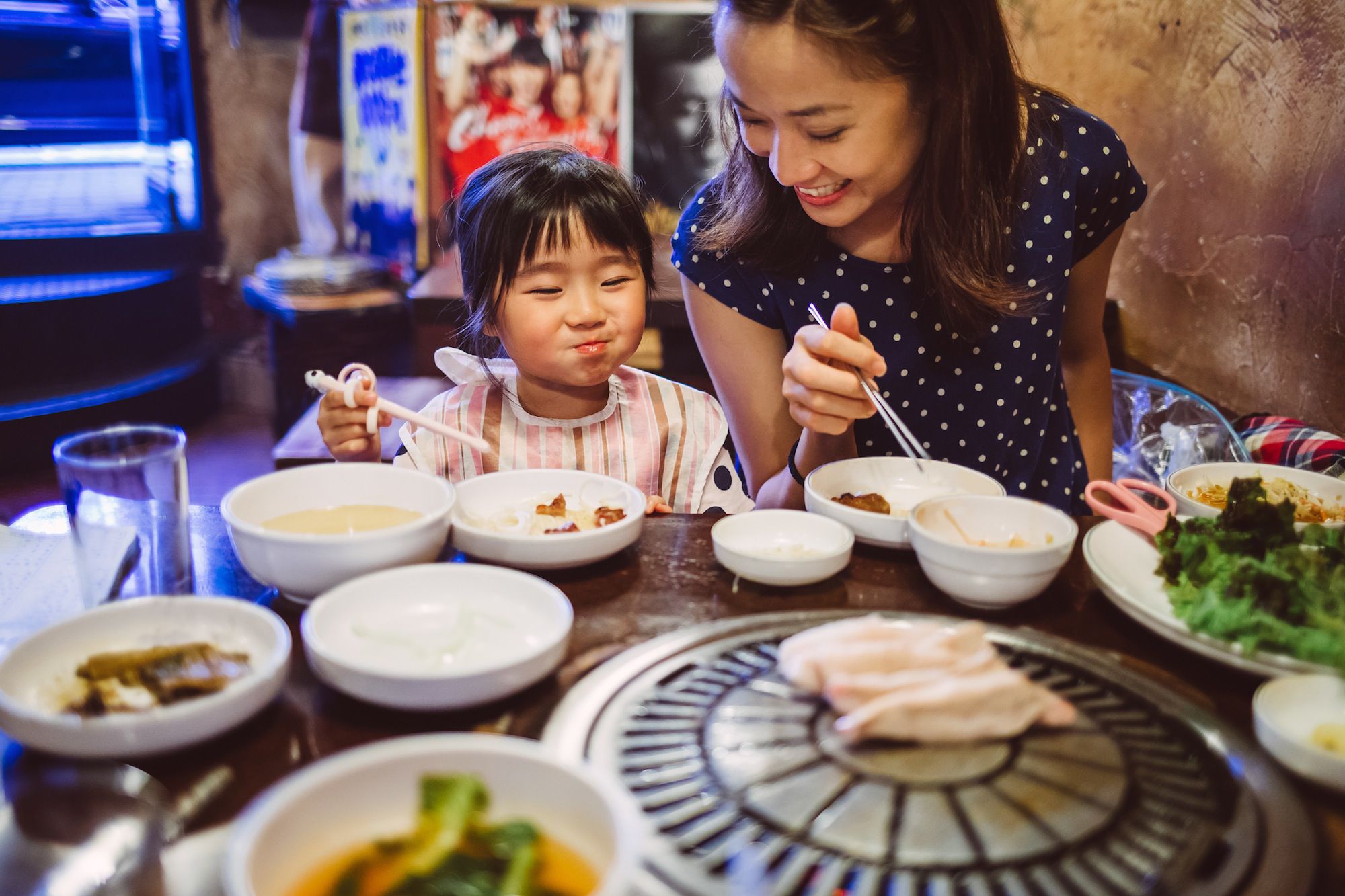

Events & Etiquette
What Are Some Table Manners In Korea?
Modified: January 9, 2024
Discover the essential table manners in Korea and understand the cultural nuances for events and etiquette. Explore customary practices and enhance your dining experience.
(Many of the links in this article redirect to a specific reviewed product. Your purchase of these products through affiliate links helps to generate commission for Storables.com, at no extra cost. Learn more)
Introduction
When it comes to dining etiquette, different cultures have their own set of rules and customs. In Korea, table manners hold great significance, reflecting the country’s rich history and emphasis on respect and communal harmony. Whether you are a visitor or an expat in Korea, understanding and practicing proper table manners is essential to show respect and enjoy a pleasant dining experience.
Korea has a long-standing tradition of communal dining, where meals are often shared among family and friends. This cultural practice fosters a sense of togetherness and promotes social harmony. However, it also means that there are specific etiquettes to follow when dining in Korea.
In this article, we will explore some traditional table manners in Korea, covering topics such as using chopsticks, sharing and serving food, drinking etiquette, proper seating arrangements, and general dining behavior. By familiarizing yourself with these customs, you can navigate Korean dining experiences with ease and make a positive impression on your hosts or dining companions.
So, let’s dive into the fascinating world of Korean table etiquette and discover the do’s and don’ts of dining in this vibrant and diverse country.
Key Takeaways:
- Embrace Korean dining etiquette to show respect and create a harmonious dining experience, from seating arrangements to proper use of chopsticks and sharing food with care.
- Understanding and practicing Korean table manners reflects appreciation for the rich cultural heritage and enhances dining experiences, fostering stronger connections and relationships.
Read more: What Are Some Cuban Table Manners?
Traditional Table Etiquette
In Korea, traditional table manners reflect the country’s Confucian values and emphasis on respect for others. Here are some key aspects of traditional table etiquette in Korea:
- Seating Arrangement: When dining in a traditional Korean setting, seating arrangements are usually determined by age and social status. The eldest or most honored guest will be seated at the head of the table, facing the entrance. Younger guests and those of lower status will sit farther away from the head of the table.
- Bowing: Before beginning the meal, it is customary to bow as a sign of gratitude and respect. This gesture acknowledges the effort that went into preparing the meal and shows appreciation for the dining companions.
- Use of Hands: In Korea, it is considered impolite to touch the food with your hands unless explicitly stated or when eating certain dishes such as barbecue or street food. Instead, use chopsticks or spoons to handle the food.
- Utensil Placement: When not using utensils, it is important to place them on the spoon and chopstick rest provided. Crossing chopsticks or sticking them upright in a bowl of rice is seen as disrespectful, as it resembles funeral rituals.
- Mouth Covering: If you need to cover your mouth while speaking or coughing at the table, it is polite to use your hand or a napkin to do so. However, excessive covering of the mouth while eating can be seen as rude.
- Avoiding Noises: While eating, try to avoid making loud slurping noises or chewing with your mouth open. These behaviors are considered impolite and can be unpleasant for others at the table.
By keeping these traditional table etiquettes in mind, you can show respect for the Korean culture and create a more harmonious dining experience for everyone involved.
Using Chopsticks
Chopsticks are an integral part of Korean dining culture, and using them correctly is an essential skill when dining in Korea. Here are some tips for using chopsticks with finesse:
- Hold the Chopsticks Correctly: Hold one chopstick between your thumb and your middle finger, resting it on your ring finger. Use your index finger to stabilize the upper chopstick. The lower chopstick should remain stationary, while the upper chopstick moves to pick up food.
- Avoid Crossing Chopsticks: Crossing chopsticks on your plate or bowl is considered bad luck and reminiscent of funeral rituals. Instead, place them parallel to each other or on a chopstick rest when not in use.
- Do Not Use Chopsticks as a Spear: Using chopsticks to skewer or stab food is impolite. Instead, pinch or grip the food gently between the chopsticks and lift it to your mouth.
- Pass Food with Utmost Care: When sharing food, use the wide or back end of your chopsticks to pick up and pass the dish to someone else. It is considered rude to pass food directly from your chopsticks to another person’s chopsticks.
- Do Not Play with Chopsticks: Twirling, tapping, or playing with chopsticks is considered impolite and can be distracting or disrespectful to others at the table. Use them solely for their intended purpose of picking up food.
- Use a Spoon when Necessary: In Korea, it is common to use both chopsticks and a spoon during a meal. Use your chopsticks to pick up solid food, and switch to the spoon for soups, stews, or rice dishes that are difficult to eat with chopsticks.
Remember, using chopsticks takes practice, so don’t be discouraged if you find it challenging at first. With time and experience, you will develop the dexterity and confidence needed to enjoy your Korean dining experience with ease.
Sharing and Serving Food
In Korean culture, dining is often a communal experience, with dishes being shared among the dining party. Here are some guidelines for sharing and serving food in Korea:
- Passing Dishes: When sharing food, it is customary to pass dishes to others using your right hand, or both hands to show respect. Avoid reaching over other people’s plates or reaching across the table while passing dishes.
- Accepting Food: When someone offers you a dish, it is polite to accept it with both hands or with your right hand to show gratitude and respect. It is considered impolite to decline food offered to you, so it is best to graciously accept it.
- Serving Elders or Guests: In Korean culture, elders or honored guests are often served food first as a sign of respect. If you are in a position to serve, make sure you prioritize the needs of elders or guests and offer them dishes before serving yourself.
- Do Not Overfill Your Plate: When serving yourself, take small portions of each dish to leave enough for others. It is considered impolite to take too much food and leave others with limited options. You can always go back for seconds if you are still hungry.
- Share Utensils: In some Korean dining settings, you may be provided with communal utensils instead of individual ones. When using shared utensils, be mindful of others and use serving spoons or chopsticks to serve yourself instead of directly using your personal utensils.
- Respect Personal Space: Allow others to serve themselves without rushing or crowding them. Respect personal space and be patient when it comes to sharing and serving food.
By following these guidelines, you can navigate the communal dining experience in Korea with grace and respect for others at the table.
When dining in Korea, it is polite to wait for the eldest person at the table to start eating before you begin. This shows respect for seniority and is a common practice in Korean culture.
Drinking Etiquette
In Korea, drinking is often an important part of socializing and building relationships. If you find yourself in a drinking setting, whether at a business dinner or a casual gathering, it’s essential to be aware of the drinking etiquette in Korea. Here are some key points to keep in mind:
- Pouring and Receiving Drinks: When pouring drinks, use both hands to show respect. Hold the bottle or the pouring vessel with one hand while supporting the forearm with the other. When someone pours a drink for you, hold your cup or glass with both hands to receive it graciously.
- Offering a Drink: When offering a drink to someone, it is customary to hold the glass or bottle with both hands and turn your head slightly away as a sign of respect. Avoid pouring your own drink before offering it to others.
- Accepting a Drink: If someone offers you a drink, it is polite to accept it, even if you don’t plan on drinking alcohol. You can politely decline or request a non-alcoholic alternative if you prefer.
- Respecting the Elder’s Pouring Order: When drinking with older individuals, it’s important to pay attention to the pouring order. Elders should be poured drinks first, and you should not pour your own drink until someone older or more senior indicates for you to do so.
- Use Two Hands for Refills: When asking for a refill, it is respectful to use both hands and hold your cup or glass while requesting or accepting the refill.
- Engage in Cheers (“Geonbae”): The Korean equivalent of cheers is “geonbae.” When toasting, make eye contact with others and clink your glasses together. It is customary to turn your head slightly to the side when taking a drink after a toast.
- Respecting Limits: It is important to drink responsibly and respect your own limits. If you feel uncomfortable or have had enough to drink, it is appropriate to politely decline or drink non-alcoholic alternatives.
Understanding and practicing drinking etiquette in Korea can help create a harmonious atmosphere during social gatherings and showcase your respect for Korean customs and traditions.
Read more: What Are Table Manners?
Proper Seating Arrangements
In Korea, seating arrangements hold cultural significance and are often based on age and social hierarchy. Understanding proper seating arrangements can help you navigate formal dining settings and show respect to your hosts or elders. Here are some key points to keep in mind:
- Elder and Guest Seating: In traditional Korean settings, the most honored guest or elder is usually seated at the head of the table, facing the entrance. This seat is considered the “jangban” seat and holds significance. Younger guests and those of lower status are seated farther away from the head of the table.
- Respecting the Elders: When entering a dining area, it’s customary to greet and bow to the elders or hosts before taking your seat. This gesture shows respect and acknowledges the seniority or authority of those present.
- Don’t Rush to Sit Down: In formal dining situations, wait for your host or the most senior person to instruct you where to sit. They will guide you to your designated seat and show you the proper seating arrangement.
- Position of Honor: If you are the host or the honored guest, you will often be seated facing the entrance or facing a decorative wall or painting for aesthetic purposes.
- Follow the Lead: In more informal settings, such as group dinners or outings with friends, you can often choose your seat. However, it’s still polite to wait and observe where others are seated before taking your seat.
- Respect Personal Space: When seating yourself, give ample personal space to others at the table. Avoid sitting too closely to someone unless the seating arrangement dictates otherwise.
- Adjusting Seating for Comfort: If you need to adjust your seating or request more space, do so politely and considerately. Avoid making too many adjustments or rearranging the seating without the agreement of others at the table.
By being mindful of proper seating arrangements, you can demonstrate respect for Korean cultural norms and create a harmonious dining experience for everyone involved.
Proper Dining Behavior
Proper dining behavior is essential in Korea as it reflects respect for the meal, the host, and the dining companions. Here are some guidelines to follow for proper dining behavior in Korean culture:
- Wait for the Elders or Hosts: Before starting the meal, wait for the elders or hosts to begin eating. This shows respect and acknowledges their role in setting the pace for the meal.
- Chew with Your Mouth Closed: When eating, it’s important to chew with your mouth closed and avoid talking with food in your mouth. This practice is considered polite and helps maintain a pleasant dining ambiance.
- Take Small Bites: Korean cuisine often consists of various side dishes, and it is customary to take small, manageable bites of each dish. This allows you to savor the flavors and ensures there is enough for everyone at the table.
- Do Not Waste Food: In Korean culture, wasting food is highly discouraged. Take only what you can eat and finish the food on your plate. It is considered impolite to leave significant amounts of food uneaten.
- Use Utensils Properly: Use chopsticks or spoons to pick up and eat food. Avoid using your hands unless it is explicitly acceptable for certain dishes. When using utensils, be gentle and avoid making noise or clattering them against the dishes.
- Show Appreciation for the Food: Korean meals often involve a lot of effort and care in preparation. Show appreciation for the food by complimenting the tastes, textures, and presentation. Expressing gratitude to the cook or the host is also considered polite.
- Engage in Conversation Moderately: While it’s customary to have conversations during a meal, avoid speaking with your mouth full or raising your voice excessively. Engage in pleasant, considerate conversation that allows everyone at the table to participate.
- Thank the Host or Cook: After finishing the meal, express gratitude to the host or the person who prepared the food. A sincere thank you (kamsahamnida) will be appreciated and shows appreciation for their efforts.
By adhering to these guidelines, you can demonstrate good table manners and respect for Korean dining culture, creating a positive and enjoyable dining experience for everyone involved.
Conclusion
Understanding and practicing proper table etiquette in Korea is essential when dining in this vibrant and culturally rich country. By familiarizing yourself with traditional table manners, using chopsticks correctly, sharing and serving food appropriately, observing drinking etiquette, respecting seating arrangements, and exhibiting proper dining behavior, you can navigate Korean dining experiences with grace and respect.
Korean table etiquette is deeply rooted in Confucian values, emphasizing respect, harmony, and communal dining. By following these customs, you not only show respect for the Korean culture but also enhance your dining experience by creating a harmonious atmosphere for everyone at the table. Whether you are a visitor or an expat in Korea, incorporating these etiquette practices into your dining experiences will help you make a positive impression on your hosts or dining companions.
Remember, learning and adapting to Korean table manners may take some time and practice. However, the effort you put into understanding and respecting the cultural nuances will be greatly appreciated and will contribute to building stronger connections and relationships during your time in Korea.
So, the next time you find yourself dining in Korea, remember to bow as a sign of gratitude, hold chopsticks with finesse, pass dishes with care, engage in polite drinking practices, respect seating arrangements, and exhibit proper dining behavior. By doing so, you will not only enjoy the delectable flavors of Korean cuisine but also demonstrate your appreciation for the rich cultural heritage of this fascinating country.
Frequently Asked Questions about What Are Some Table Manners In Korea?
Was this page helpful?
At Storables.com, we guarantee accurate and reliable information. Our content, validated by Expert Board Contributors, is crafted following stringent Editorial Policies. We're committed to providing you with well-researched, expert-backed insights for all your informational needs.
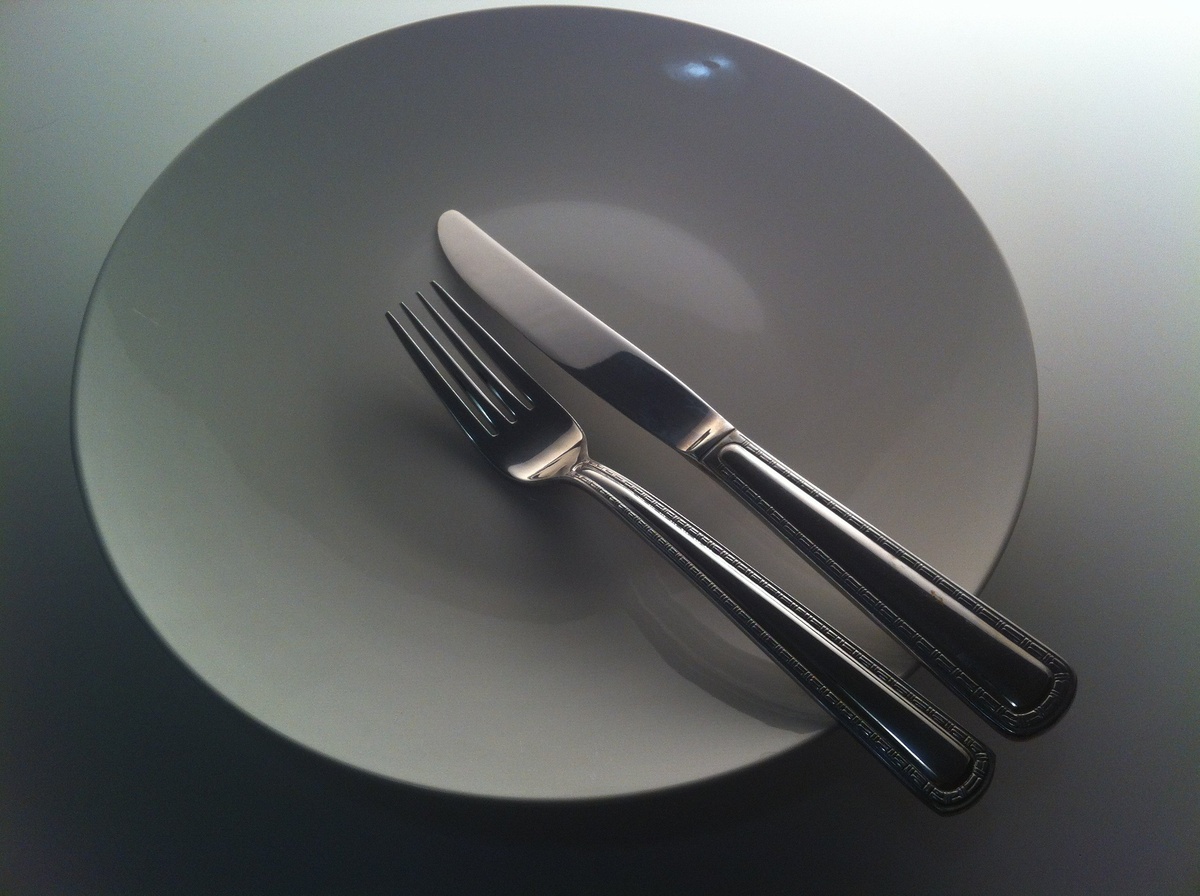
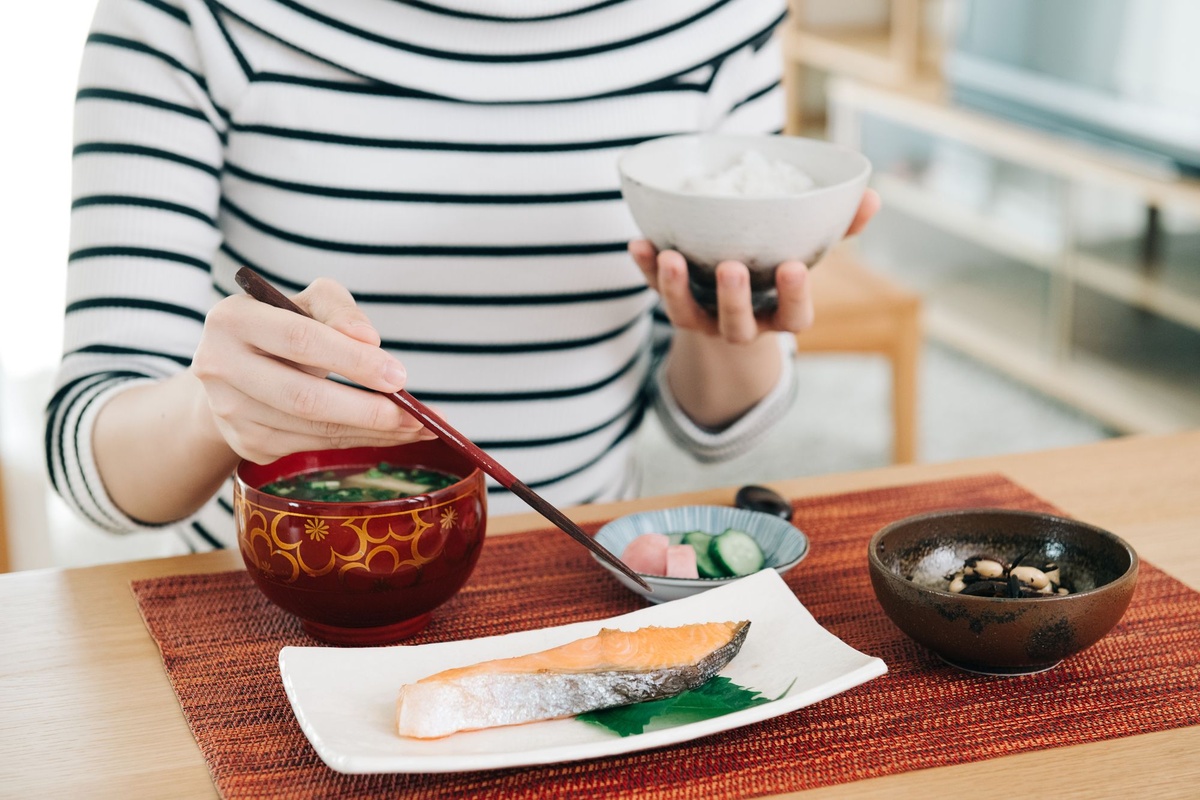
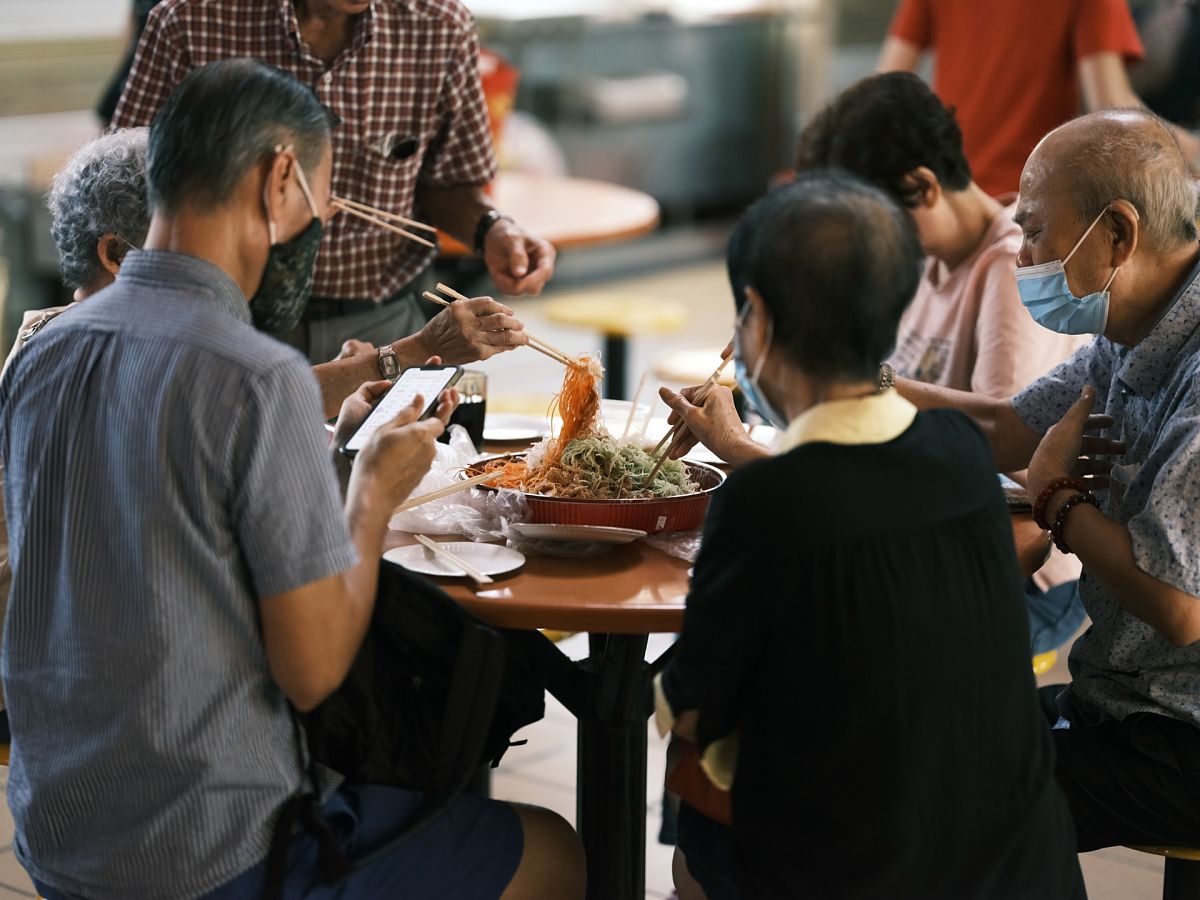

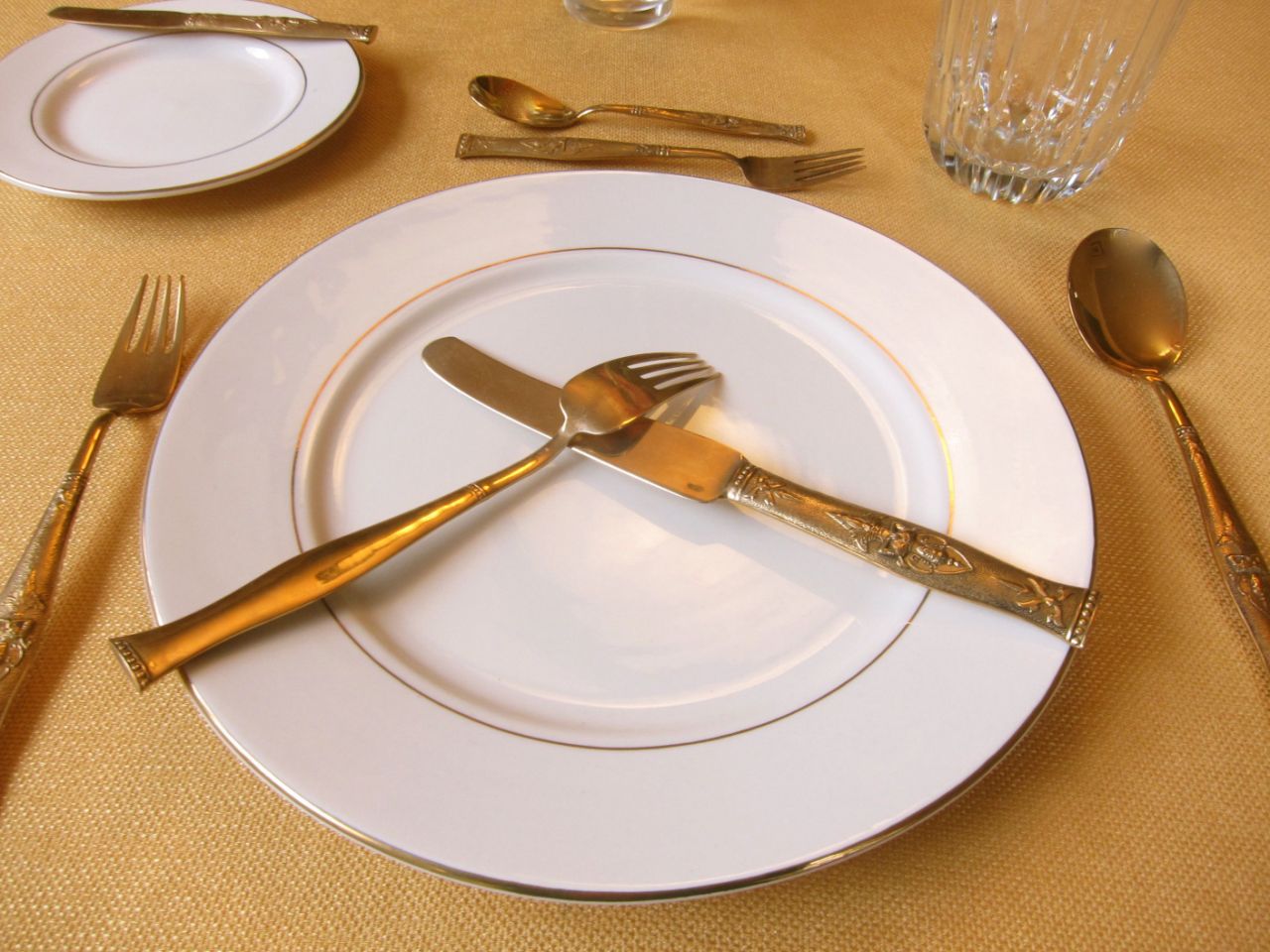

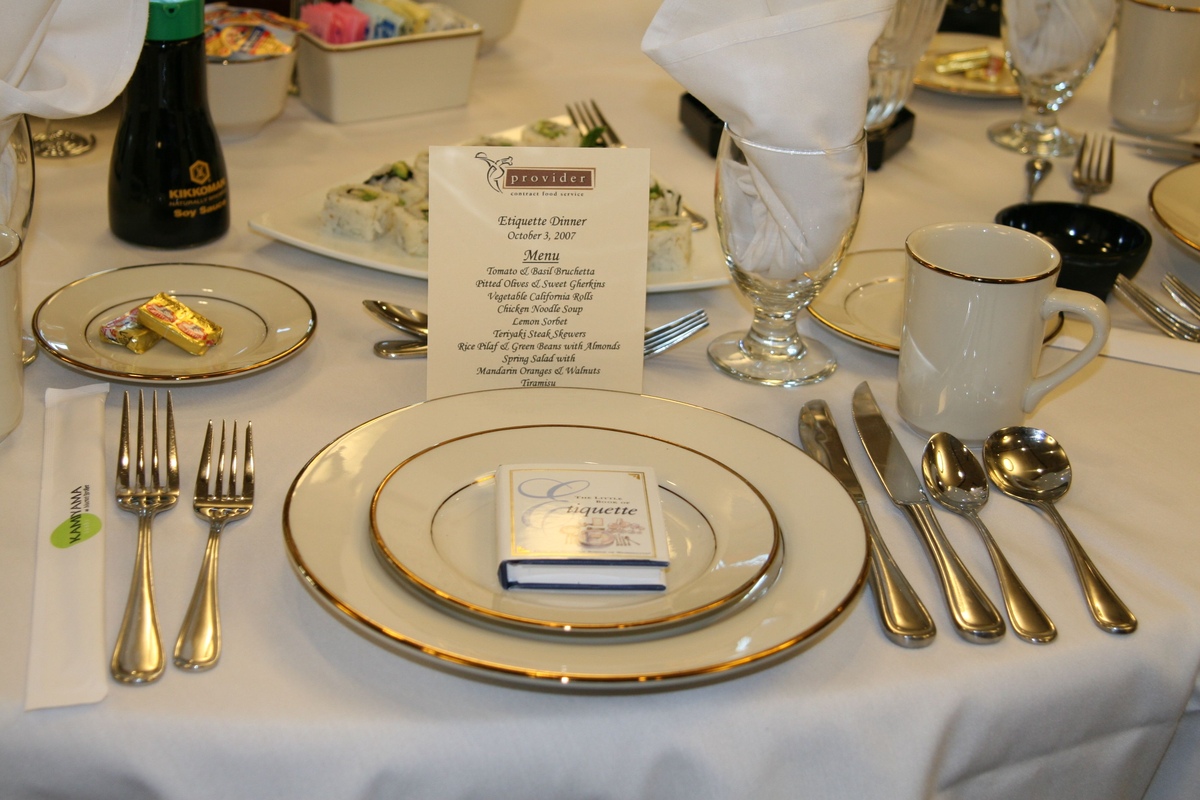
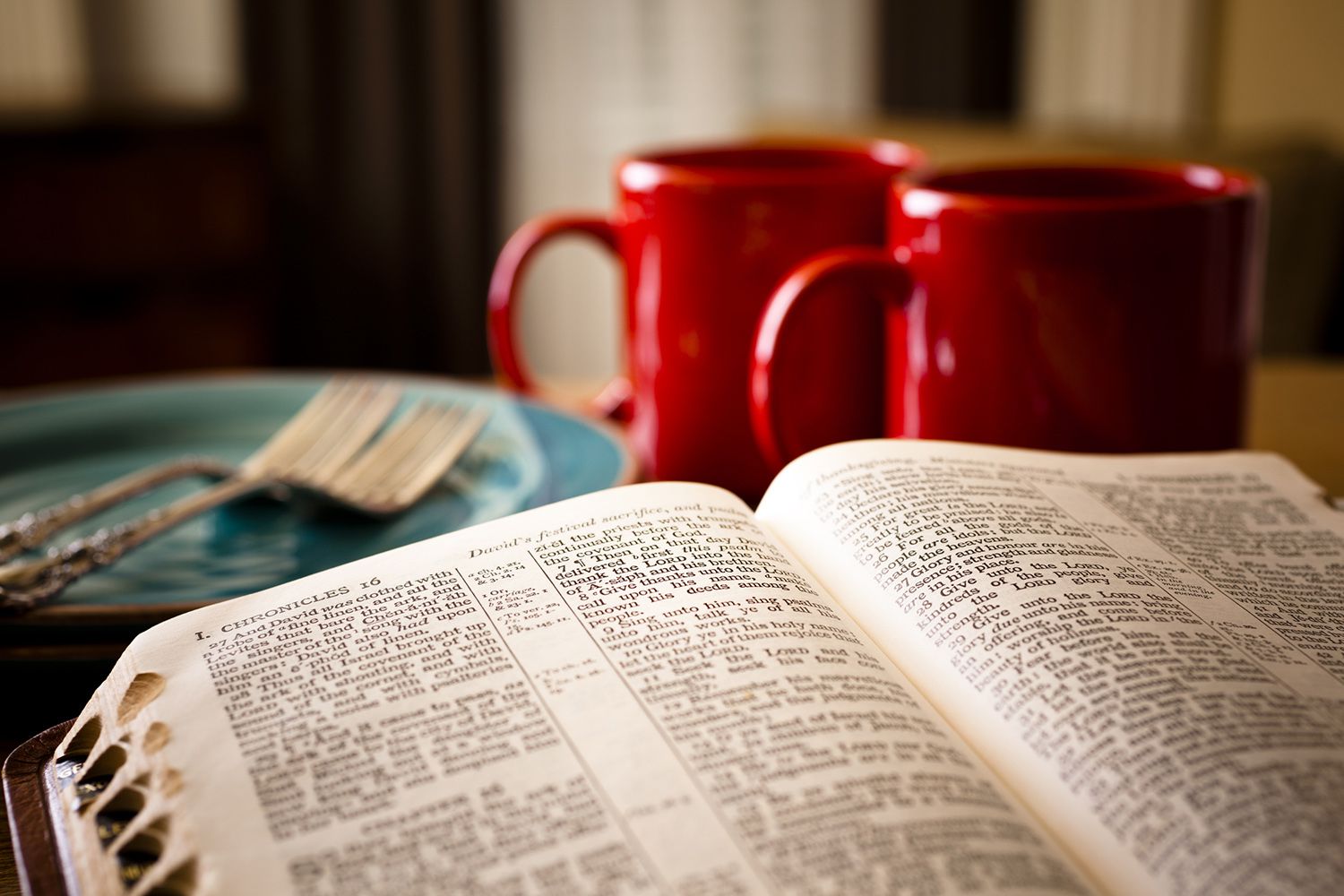


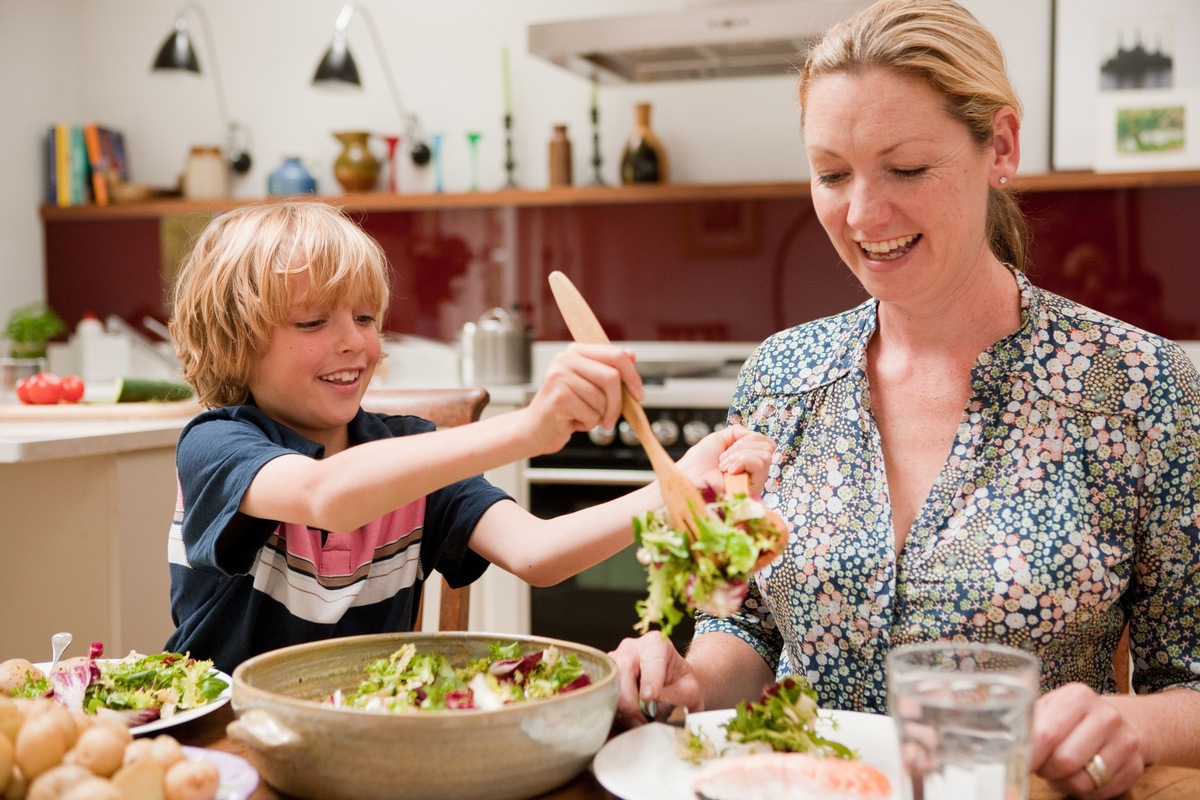
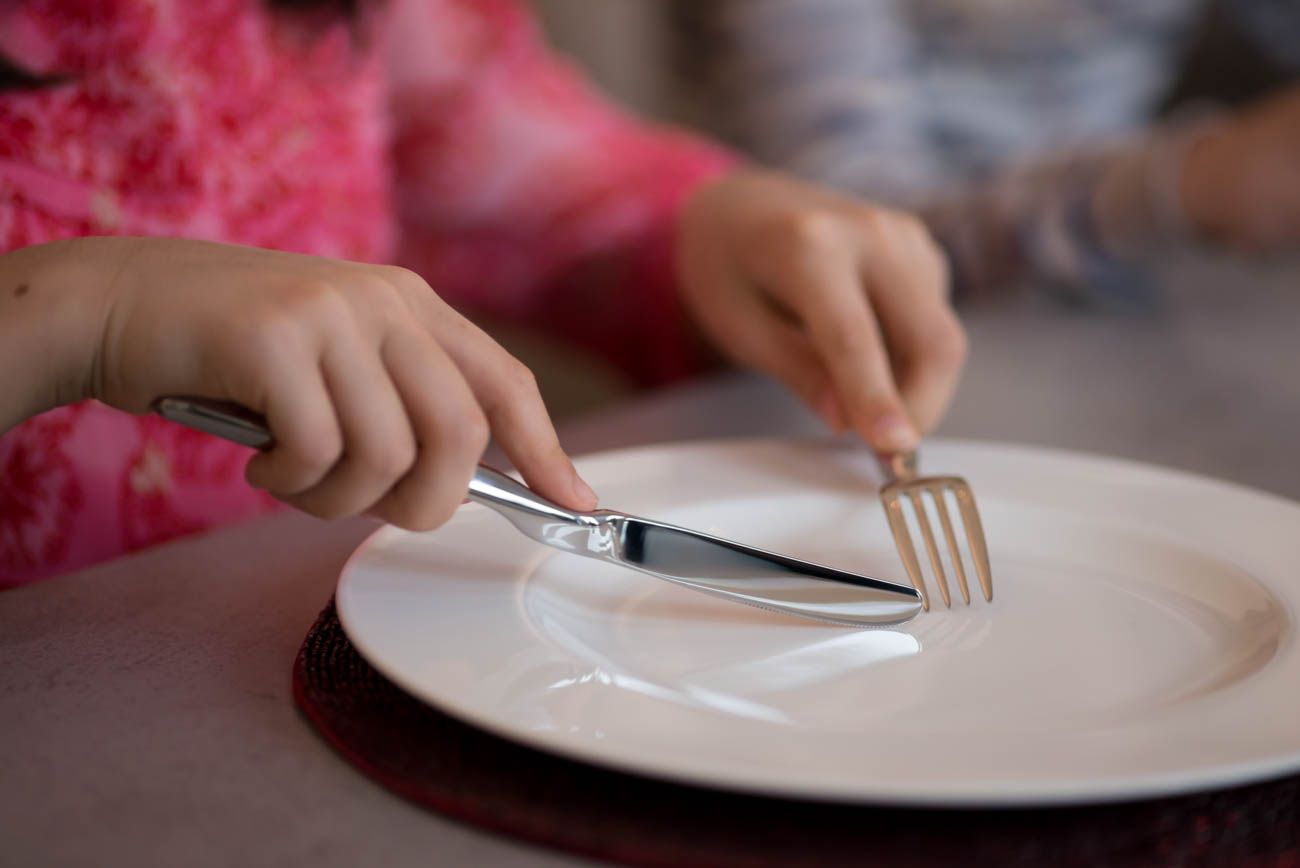

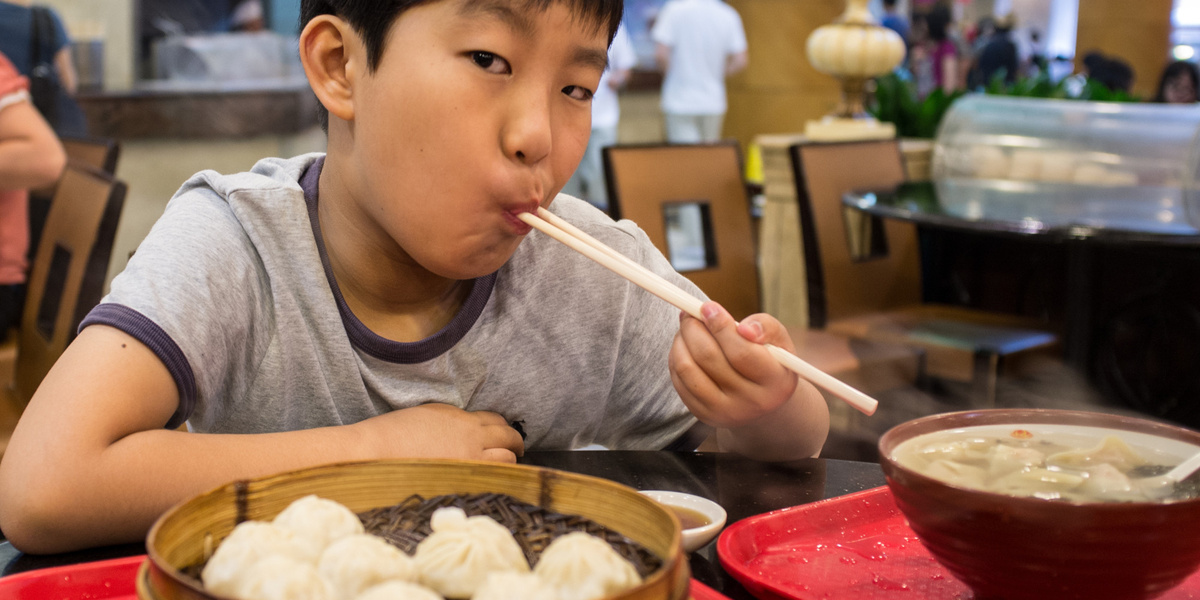

0 thoughts on “What Are Some Table Manners In Korea?”